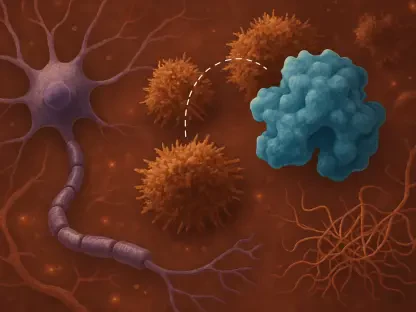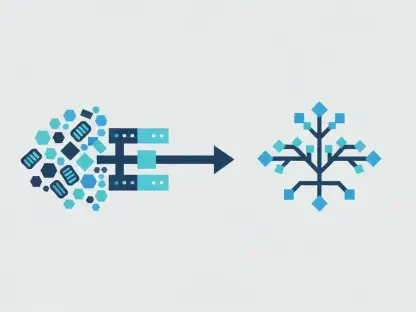Recent advancements in artificial intelligence have significantly transformed various domains of healthcare, and dementia diagnosis is no exception. Dementia has emerged as a global health concern, impacting over 55 million individuals worldwide, with a significant proportion suffering from Alzheimer’s disease. Traditional diagnostic methods often grapple with differentiating types of dementia, leaving room for innovative solutions. Enter StateViewer, a groundbreaking AI tool developed by Mayo Clinic researchers to revolutionize the diagnosis of dementia types, including Alzheimer’s.
Overview of StateViewer’s Capabilities and Features
StateViewer leverages fluorodeoxyglucose positron emission tomography (FDG-PET) scans to provide an advanced approach to early and accurate dementia diagnosis. This AI tool stands apart by analyzing brain glucose usage patterns, offering transformative insights into distinct dementia types through color-coded brain maps. These visualizations guide clinicians in diagnosing dementia, even those with overlapping conditions, by distinguishing various forms with remarkable accuracy.
Machine learning algorithms form the backbone of StateViewer. Trained on over 3,600 brain scans, its neural network enhances diagnostic precision by identifying dementia types in a staggering 88% of cases. This precision significantly improves the speed and reliability of clinicians’ interpretations compared to traditional methods. StateViewer’s integration allows even clinics lacking specialized neurology expertise to access robust diagnostic support.
Recent Developments and Deployments of AI in Healthcare
The emergence of StateViewer underscores a shift in industry behavior toward embracing AI in healthcare diagnostics. This tool not only augments traditional methods but also integrates seamlessly with them, exemplifying a synthesis of cutting-edge technology and clinical practice. The acceptance and implementation of AI solutions like StateViewer suggest a broader movement toward AI-driven diagnostics, heralding a new era in clinical medicine.
In practical terms, StateViewer’s deployment spans a range of healthcare settings, from advanced neurology clinics to rural healthcare centers. Telemedicine initiatives benefit from its application, allowing remote consultations and precise diagnostics inaccessible just a few years ago. The fusion of AI with telehealth infrastructure exemplifies technology’s potential to bridge gaps in healthcare accessibility.
Addressing Challenges and Looking Toward the Future
Despite its impressive capabilities, the assimilation of AI tools in dementia diagnosis faces several challenges. Data limitations remain a significant hurdle, as large and diverse datasets are crucial for enhancing algorithm accuracy. Regulatory standards and market barriers also impede seamless adoption. Nevertheless, continuous efforts are underway to address these issues through technical innovations and collaborative policy-making.
Looking ahead, StateViewer and similar AI tools promise to redefine dementia diagnosis further. Anticipated breakthroughs in AI algorithms, alongside expanding research directions, pave the way for more comprehensive and personalized dementia care. These advancements hold profound implications for healthcare delivery, potentially improving patient outcomes and overall treatment paradigms.
Final Thoughts on StateViewer: Successes and Future Directions
In summary, StateViewer represents a paradigm shift in dementia diagnosis, offering clinicians powerful, real-time insights into complex neurological conditions. Its current success and potential to evolve present an exciting frontier for AI applications in healthcare. Although challenges persist, the concerted effort to enhance data availability and streamline regulatory processes highlights a proactive stance toward overcoming these hurdles. As AI continues to advance, StateViewer sets a precedent for future innovations that may better support clinical decision-making and ultimately transform patient care in dementia treatment.









